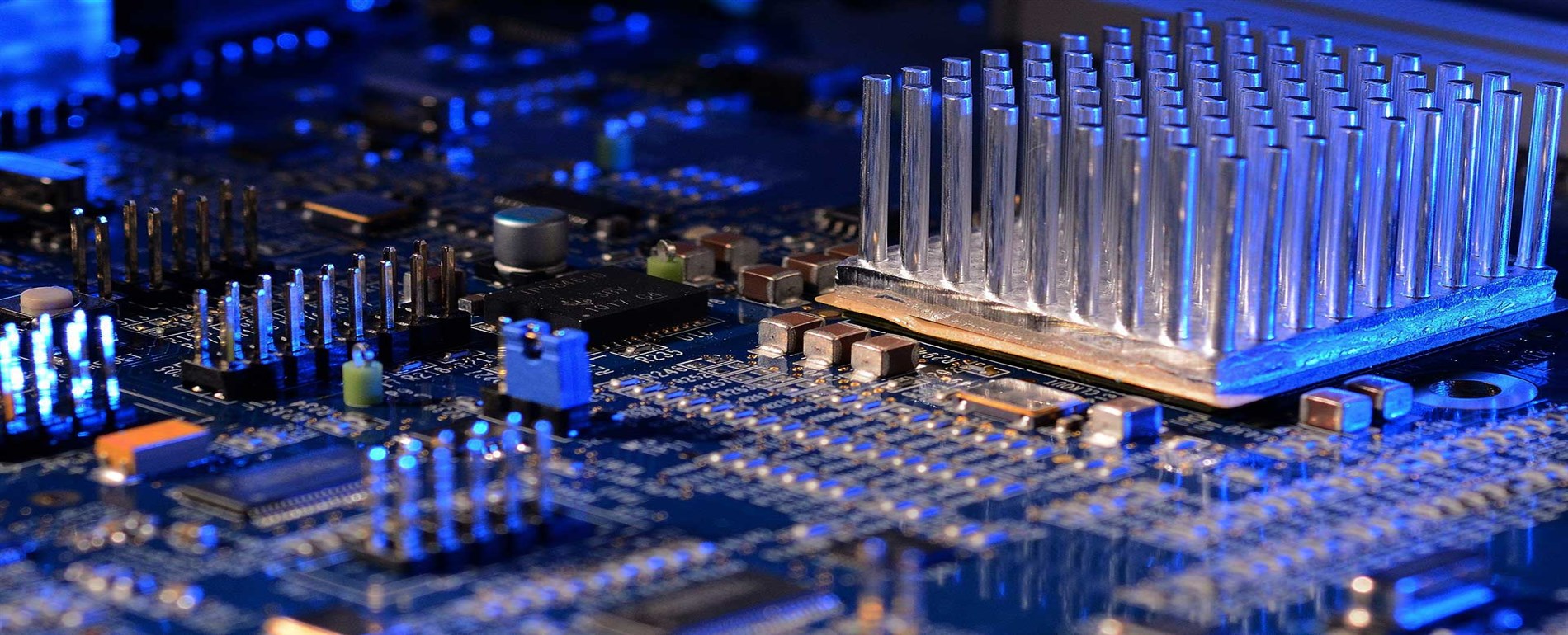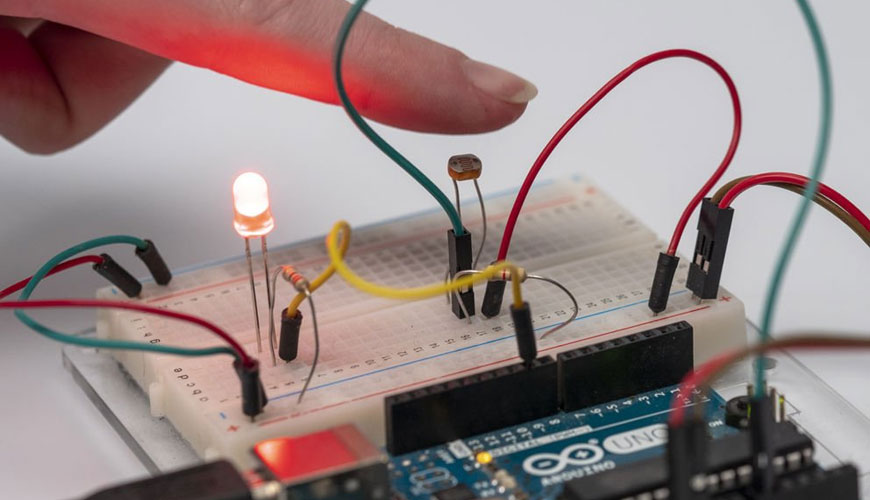

EUROLAB, with its state-of-the-art accredited laboratories and expert team, provides precise and fast testing services within the scope of IEC EN 60909-1 test. This part of IEC EN 60909 is a technical report applicable to short-circuit currents in three-phase ac. systems. The purpose of this whitepaper is to show the source and, to the extent necessary, the application of factors used to meet the demands of technical precision and simplicity when calculating short-circuit currents according to IEC EN 60909-0.

This technical report is therefore an appendix to IEC EN 60909-0. However, it does not change the basis of the standard calculation procedure given in IEC EN 60909-0.
The magnitude of the short-circuit current in a three-phase ac. The system (maximum or minimum short-circuit current) at any location depends primarily on the grid configuration, generators or power station units and motors running, and secondarily on the operating phase of the grid before the short circuit.
Variations during operation in a three-phase ac. the system is too big. Therefore, it is difficult to find the specific load flow that leads to the maximum or minimum short-circuit current at different locations of the grid. In a given system, there are as many different magnitudes of short-circuit current as possible different load flow conditions for each location. Normally, overload flow states are not known empirically.
If a particular load flow is known in an existing network, it is possible to calculate the initial symmetrical short-circuit current with the superposition method, but this method gives the short-circuit current only in relation to the assumed load flow. Therefore, it does not necessarily lead to the maximum short-circuit current. This is because for a short-circuit location, even if the same operating voltage is supplied in the short-circuit location, during normal operation there is as much short-circuit current as the load flow conditions without exceeding the boundary conditions of voltages and currents.
The procedure for calculating the first symmetrical short-circuit current using the equivalent voltage source in the short-circuit position is described in IEC 60909-0. Normally based only on the rated data of electrical equipment, this method is a fundamental simplification compared to the superposition method or a temporary calculation, since in this case too the load flow conditions must be known before the short circuit.
EUROLAB assists manufacturers with IEC EN 60909-1 test compliance. Our test experts, with their professional working mission and principles, provide you, our manufacturers and suppliers, the best service and controlled testing process in our laboratories. Thanks to these services, businesses receive more effective, high-performance and quality testing services and provide safe, fast and uninterrupted service to their customers.
To get an appointment, to get more detailed information or to request an evaluation, you can ask us to fill in our form and reach you.